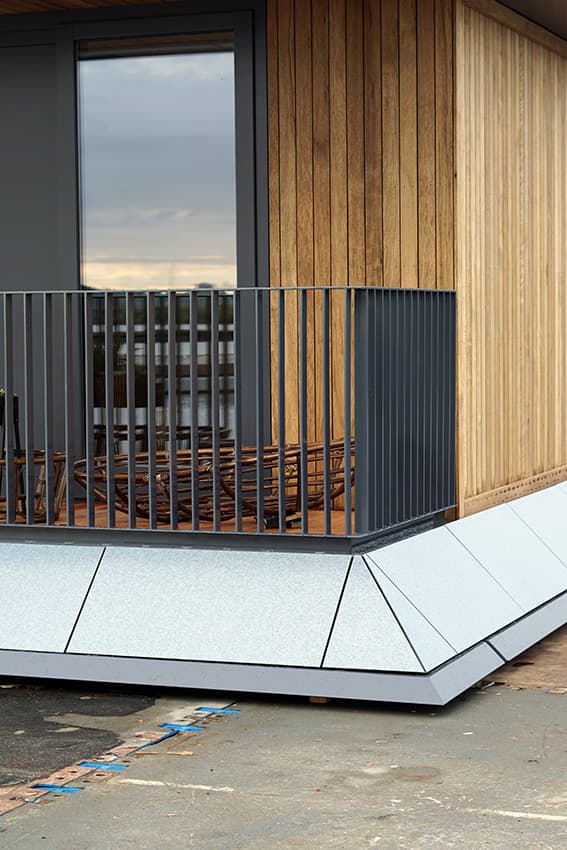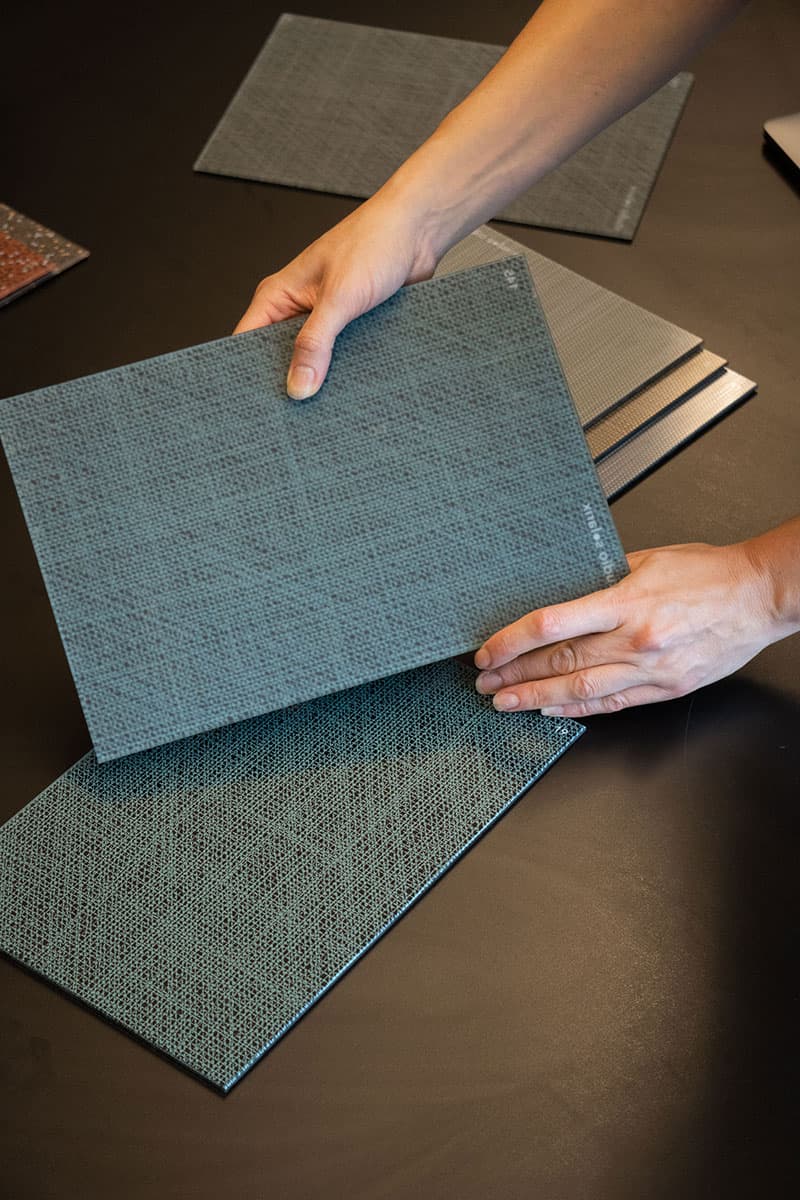NZEB requirements and Energy Label C as standard

The clock is ticking... It's the pivotal moment to take impactful steps towards a climate-neutral built environment. Future office buildings must meet stricter energy requirements. The NZEB-requirements-and-energy-label-c-as-standard requirements have been in place since January 1, 2021, for new office constructions. Additionally, from January 1, 2023, existing office buildings must have at least an Energy Label C.
We observe that many properties in the built environment still do not meet energy-efficient standards, failing to meet both NZEB requirements in new construction and the minimum Energy Label C in existing buildings. A recent investigation by NOS highlighted government buildings that won't meet the minimum Energy Label C. For new construction, a NZEB calculation is required to demonstrate compliance. However, it's proven challenging to incorporate the right inputs, especially for elements like solar panels.
The new energy requirements are significant steps towards accelerating the energy transition. But what should project developers and architects focus on? What considerations are essential in making a NZEB calculation to measure energy performance? When does Energy Label C apply? What can Solarix contribute to meeting these new energy requirements?
Stay informed with our blog and start the energy calculation for your project promptly.
What's the difference between NZEB and Energy Label C?
Firstly, it's crucial to distinguish between the NZEB requirements for new construction and Energy Label C for existing buildings.
NZEB stands for 'Nearly Energy Neutral Buildings' and constitutes a package of requirements aimed at enhancing the energy performance of European buildings. Since January 1, 2021, it has been legally stipulated that all new constructions, including residential and utility buildings, must comply with these NZEB requirements to obtain a permit. Often, this is initially assessed in a preliminary design. While the NZEB requirements are nationally standardized, they can be tightened by municipalities or in tenders.
It has been mandatory since January 1, 2016, for office buildings to have an energy label. Energy Label C is an additional measure for existing buildings and will be mandatory for office buildings from January 1, 2023. From then on, office buildings may have 'a maximum primary fossil energy use of 225 kWh per m2 per year.'
The Dutch Inspectorate for the Environment and Transport (ILT) verifies compliance with these regulations. The inspection already imposes substantial fines for the absence of an energy label during the sale or lease of commercial properties. If an existing office building doesn't have Energy Label C after the turn of the year, it can no longer be used as an office space!


Indicators of NZEB Requirements
According to RVO (Netherlands Enterprise Agency), the NZEB requirements are based on the Trias Energetica principle: firstly, limit the energy demand, then derive energy as much as possible from renewable sources, and finally, efficiently utilize primary fossil energy sources for the remainder.
The energy performance under NZEB is determined by three individual criteria:
NZEB 1: Maximum energy demand in kWh/m² of usable area per year
This value emphasizes the importance of the building envelope's quality. In other words, an office building requires a good thermal envelope to minimize heating or cooling needs. It involves not only roof and floor insulation but also considers the potential of an insulating facade.
NZEB 2: Maximum primary fossil energy use in kWh/m² of usable area per year
This criterion aims to minimize energy consumption within a building, including from systems and installations, by employing energy-efficient solutions and smart energy usage practices.
This requirement sets a limit on the maximum amount of primary fossil fuel needed for heating, cooling, hot water, and ventilation of an office building. For utility buildings, lighting, humidification/dehumidification are added. The efficiency and type of systems and installations within a building, along with the use of renewable energy, play a vital role.
If a building generates its own energy – for example, through PV panels like solar panels – the primary fossil energy consumption can be reduced by the amount of energy generated.
NZEB 3: Renewable energy in %
If energy is still required, a certain percentage of it must be generated from renewable sources, such as through solar panels. Different percentage requirements apply to different building types.
The key aspect of this requirement is the sum of the share of primary fossil energy consumption plus the share of renewable energy. It's calculated by dividing the amount of renewable energy by the total energy consumption. However, the renewable energy must be generated within, on, or attached to the building!
When translating these indicators into practical measures affecting NZEB requirements, one can consider sustainability solutions such as:
Replacing all lighting with LED lighting.
Swapping conventional boilers for high-efficiency boilers.
Replacing glass with double glazing.
Insulating roofs, facades, and floors.
Installing heat pumps (water/water, air/water, ventilation air/water, and boosters).
Installing solar water heaters.
Installing sun protection systems.
Installing rooftop solar panels.
Installing facade-integrated solar panels.
Creating a green roof.

How do office buildings meet the NZEB requirements or Energy Label C?
Office buildings are getting taller, and the available square meters of roof space for traditional PV panels are limited to meet the energy demand for stricter regulations such as NZEB requirements and energy labels.
To make existing and future office buildings more inspiring and sustainable, design PV panels can be used, even combined with non-active panels made from other materials.
Installing PV panels on the facade, also known as facade solar panels, is one of the most appealing sustainability solutions. This enables a new office building to generate renewable energy and thus meet the NZEB 3 criterion.
For existing office buildings, the use of these facade solar panels (PV facade) generates energy, reducing the required primary fossil energy per square meter. This helps achieve compliance with the Energy Label C norm.
Assistance with NZEB Calculation
An actual NZEB calculation is quite complex, as indicated. We believe you could use some support here! Explore our tips:
SolarCheck
Crucial for a NZEB calculation is to consider the right starting points. Solarix can support this through the SolarCheck, which calculates the potential energy generation of a building. This provides essential information for the NZEB calculation, such as the area of PV panels, orientation(s), Wp per m2, and ventilation.
SolarScan
For engineering, we go even further to optimize the energy performance of the solar facade with a SolarScan, a follow-up to the SolarCheck. With this, we can offer the client targeted and comprehensive advice on the application possibilities of Solarix panels in the respective project.
Our building physics and technical experts evaluate the design options and detailing. Additionally, we conduct an extensive solar exposure study, including shadow analysis. The result is a constructional advice where we can also provide a good cost estimate and calculate the payback period.
With a SolarScan, we essentially compare the NZEB requirements and possibilities for the facade and optimize the effectiveness of the energy output with the dimensions and colors of our design PV panels.


Tips for an Energy Consulting Firm
Opting for an energy consulting firm? Ensure the correct input for facade panels is used for NZEB, such as Wp per m2 instead of Wp per panel. The calculation here is significantly different from that of rooftop panels. We often see an incorrect assumption of excessively high power per m2 being applied in traditional rooftop panels.
For customized and aesthetically colored panels, the power levels are relatively lower, but they offer an aesthetic value that traditional panels lack.
Commence NZEB Calculations
We're witnessing an increasing demand for sustainability solutions for office buildings due to the tightening NZEB requirements and energy labels.
It's evident that integrating solar panels into facades is emerging as a highly profitable option to achieve energy neutrality, applicable to both NZEB requirements in new constructions and Energy Label C for existing office buildings. Often, rooftop PV alone isn't sufficient.
At Solarix, we believe that PV solutions for office buildings shouldn't result in a dark glass city lacking identity and beauty. Consequently, we manufacture design solar panel facades that operate efficiently and look aesthetically pleasing.
Curious about the possibilities? Initiate your NZEB calculation and start with the SolarCheck!


